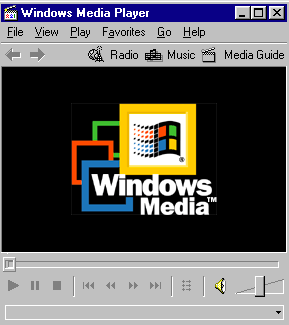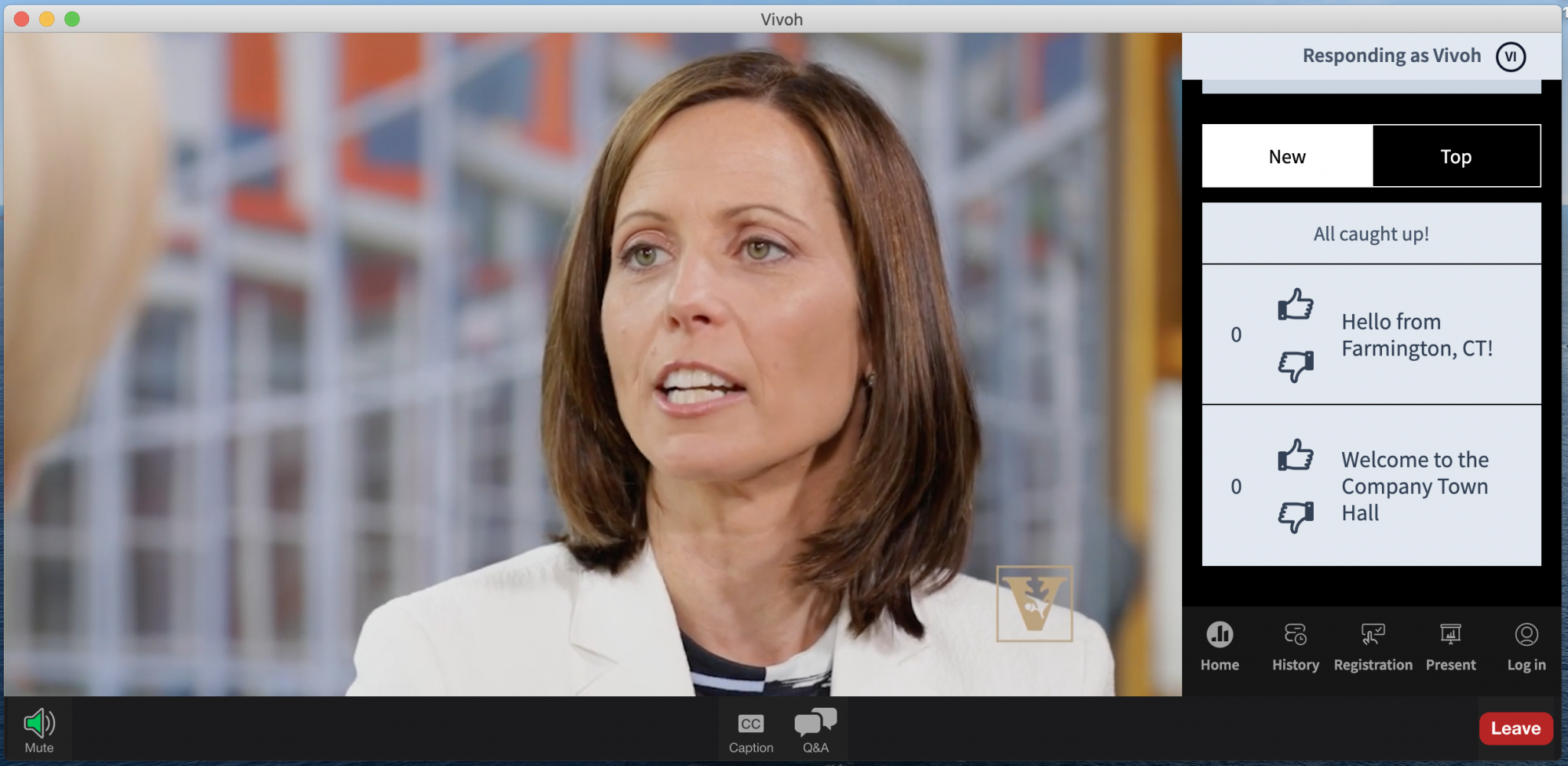Windows Media multicast was widely used for the delivery of live video within large enterprises. Thousands of Fortune 500 CEO Town Hall events used it. It was included with Windows Server and every Windows desktop had the Windows Media Player. Mac users could download it for free starting in 2001. It was simple, reliable, and cost effective.

Microsoft no longer offers Windows Media multicast which has left many companies searching for an alternative to support the requirement to reach thousands of employees who are onsite. Zoom and Webex work well for remote employees but will disrupt enterprise networks when many join from the office.
Some companies deployed Adobe Flash multicast technology only to find themselves without a supported player. Some had adopted a method which installs a local web server on every desktop that converts multicast video to unicast so that it can play in a browser. Many have abandoned multicast altogether.
We have strong opinions about how to move forward after Windows Media multicast. It should be simple, reliable, secure, and cost effective.

Enterprises deploy Zoom and Webex client software regularly to every desktop and our customers use the same method to deploy the Vivoh Multicast App.
Vivoh provides a server that redistributes Zoom or Webex content via multicast. Alternatively, customers can send video from an encoder to the Vivoh server to distribute any live video source. In this case, no dependency upon cloud-based services is required.
This creates the most reliable, secure, and simple way to reach large numbers of employees who are onsite without disrupting your enterprise network.
